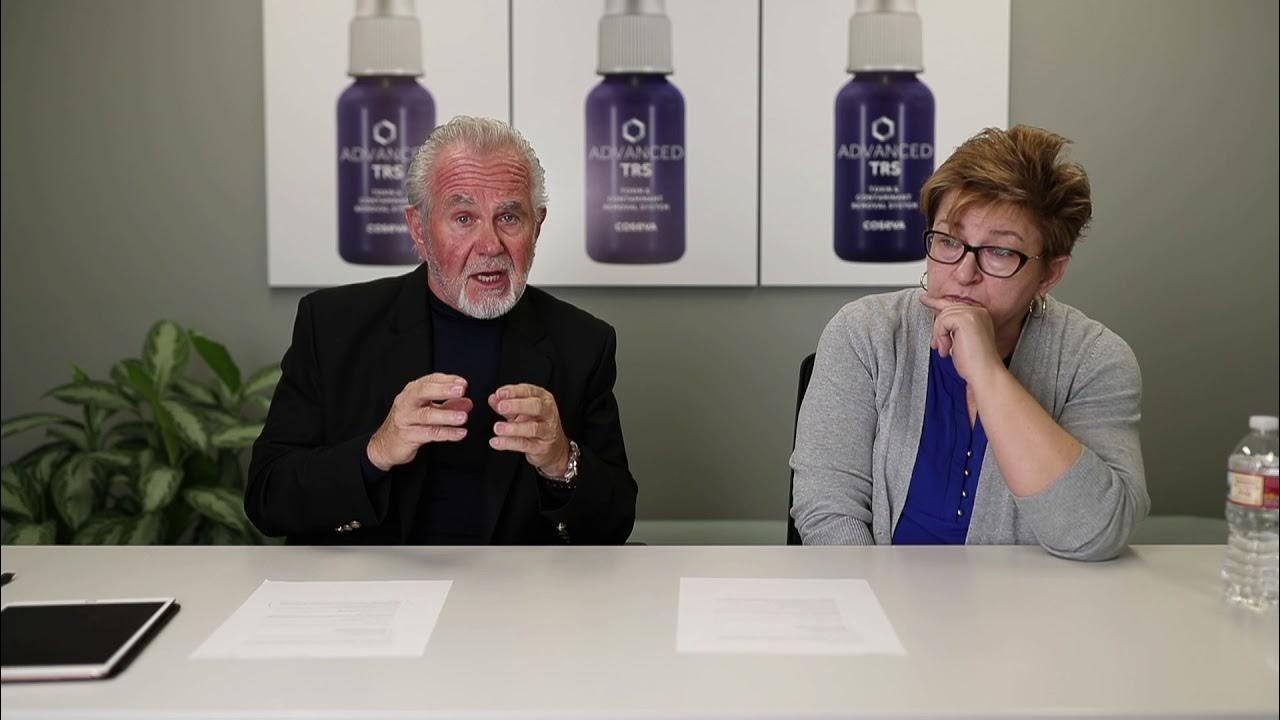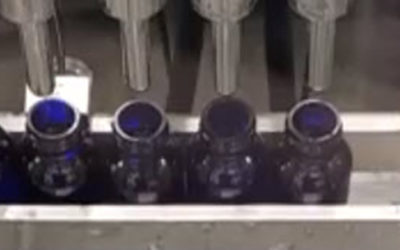Lab-made clinoptilolite zeolite is made in the laboratory under controlled conditions and with controlled composition. Mined zeolite is extracted from the earth in its natural form and is usually processed to remove attached impurities. Lab grown zeolite can only contain the elements that are put in as part of the controlled process. Mined zeolite may contain trace amounts of many different kinds of elements. Of the 245 unique zeolite frameworks that have been identified by the International Zeolite Association Structure Commission, over 40 are naturally occurring.
Naturally occurring zeolites are rarely pure and are contaminated to varying degrees by other minerals, metals, quartz, or other zeolites. Some of these impurities are simply adsorbed inside the zeolite’s pores, while others are an integral part of the structure. Acid treatments at high temperatures can remove many of these impurities, but as more structural atoms are extracted, the integrity of the zeolite framework becomes compromised, and the important toxin-binding cages begin to collapse. At this point, the zeolite becomes increasingly less effective as regions inside the structure become blocked. In other words, increasing purity is balanced by decreasing function, and it is difficult to completely purify a naturally occurring zeolite from all its impurities and still retain full potency.
There are no such things as “different-sized zeolite molecules”. The clinoptilolite zeolite in Advanced TRS is not a molecule of zeolite, it is a cluster of multiple zeolite (clinoptilolite) cages that together form an object that is only nanometers large. It is not possible to create a structural formula for a specific particle size, instead structural formulas are created on the basis of the zeolite’s unit cell, the minimum size repeating unit. This formula is the same regardless of particle size.
A representation is given by (Na2, K2, Ca)3Al6Si30O72·24H2O. The crystal structure of clinoptilolite has large 12-ring pores, the effective pore size of the zeolite excludes molecules larger than ~0.9 nm. Because of its wide use in agriculture and industry Clinoptilolite has been named the mineral of the 21st century by The International Mineralogical Association. Clinoptilolite has been used with success in animal feed at less than 2% by weight and for the purpose of an anti-caking flow agent.
To produce pure, lab-made clinoptilolite, silica, alumina, and alkali sources with initial Si/Al ratio from 3.0 to 5.0 are heated in an autoclave for 1–10 days at a temperature range from 120 to 195 °C. The Clinoptilolite begins to assemble in tiny crystals, whose crystallization rate and crystallinity is controlled by seeding and manipulation of the reaction conditions. Instead of direct heat, microwave, ultrasound and high pressure may be used.
Farjoo A, Sawada JA, Kuznicki SM. Manipulation of the pore size of clinoptilolite for separation of ethane from ethylene. Chemical Engineering Science. (2015) 138:685-688.
Kowalczyk P, Sprynskyy M, Terzyk AP, Lebedynets M, Namieśnik J, Buszewski B. Porous structure of natural and modified clinoptilolites. J Colloid Interface Sci. (2006) properties of natural zeolite – Clinoptilolite – As a sorbent. Environment Protection Engineering (2012) 39(1):139.
Moliner M, Willhammar T, Wan W, González J, Rey F, Jorda JL, Zou X, Corma A. Synthesis design and structure of a multipore zeolite with interconnected 12- and 10-MR channels. J Am Chem Soc. (2012) ;134(14):6473-8.
VIDEO TRANSCRIPT:
Agnes Ostafin, PHD (00:08):
So the zeolites that are found in nature are found in uncontrolled environments. It may be that there’s a particular place that has beautiful zeolites and sitting right next to it is a toxic chemical factory. And so then that zeolite even though if it were clean would be perfect because it’s now picked up bad things from its neighbors that weren’t there millions of years ago now becomes not so good. And so then you have to work at it to remove all the toxic materials. And the problem with removing all the toxic materials is that you have to use harsh chemistries in order to do that. Again, just like the analogy with your water softener, if you’re removing only calcium and magnesium, salt is perfect way of dislodging those things.
Agnes Ostafin, PHD (00:59):
But if you’re trying to remove arsenic and mercury and other radioactive heavy metals, salt is not going to be enough and you’re going to have to use harsh chemicals. Harsh chemicals will then disrupt the structure of the zeolite and so now your zeolite is not as good as it was in its original state because some of those pores, those holes that are important for capturing heavy metals may collapse. They may block off areas and so the parts that are still working may still be working fine, but now you’ve maybe cut down the efficiency of that piece of zeolite by 50% and so you’re not getting the same bang for your buck.
John Fredrick Templeman MD (01:40):
And the fact that science has been able to imitate exactly, imitate exactly the structure of zeolite and to do it without the contamination that exists in nature is really a step forward.
Agnes Ostafin, PHD (01:54):
It’s a slow precipitation of the elements that are naturally found in nature, except that it’s done in a clean environment that has no chance of being contaminated by any bad metals, by any other undesirable elements. It’s done in a hygienic way so that there’s no microbial contamination and no fungal contamination. These are all things that you can’t control in nature. So even though nature was the first chemist to make the magical zeolite as wonderful as it is, it didn’t control its laboratory because it’s laboratory is the entire world and it couldn’t control it.
Agnes Ostafin, PHD (02:40):
But we can do that in the laboratory now. And that’s part of the reason why I got excited about nanotechnology in the first place is because if you understand how nature makes these things, you realize how wonderful and precise it is. And you can see which parts of that process are adulterated in nature because there’s contaminants that nature is not controlling, and if you just remove them in your laboratory conditions, it’s still nature making the material. It’s just not making it out in the dirty environment. It’s making it…
John Fredrick Templeman MD (03:18): That’s fascinating.
Agnes Ostafin, PHD (03:20):
In a nice clean place.
John Fredrick Templeman MD (03:21):
That’s a great idea.
Agnes Ostafin, PHD (03:24):
And so it’s not really synthetic in the bad sense, where synthetic is some sort of evil concoction that doesn’t exist in nature. We’re just recreating nature’s processes in a nice way, in a clean way, so that we get the maximum benefit out of this natural product without having to go through all the effort of cleaning out nature’s mistakes.
John Fredrick Templeman MD (03:46):
What an explanation. That is just incredible Agnes. Thank you.



Leave a comment
This site is protected by hCaptcha and the hCaptcha Privacy Policy and Terms of Service apply.